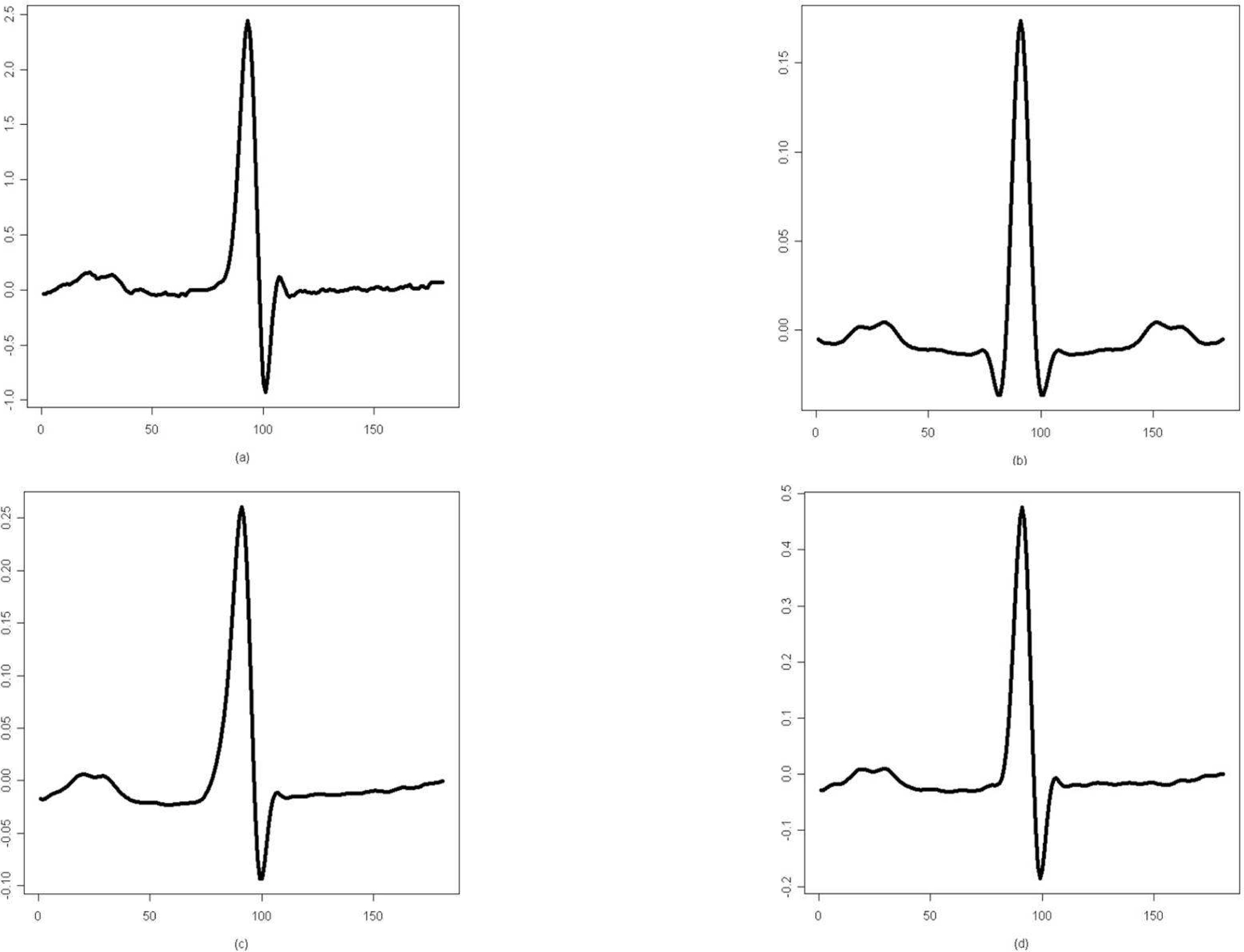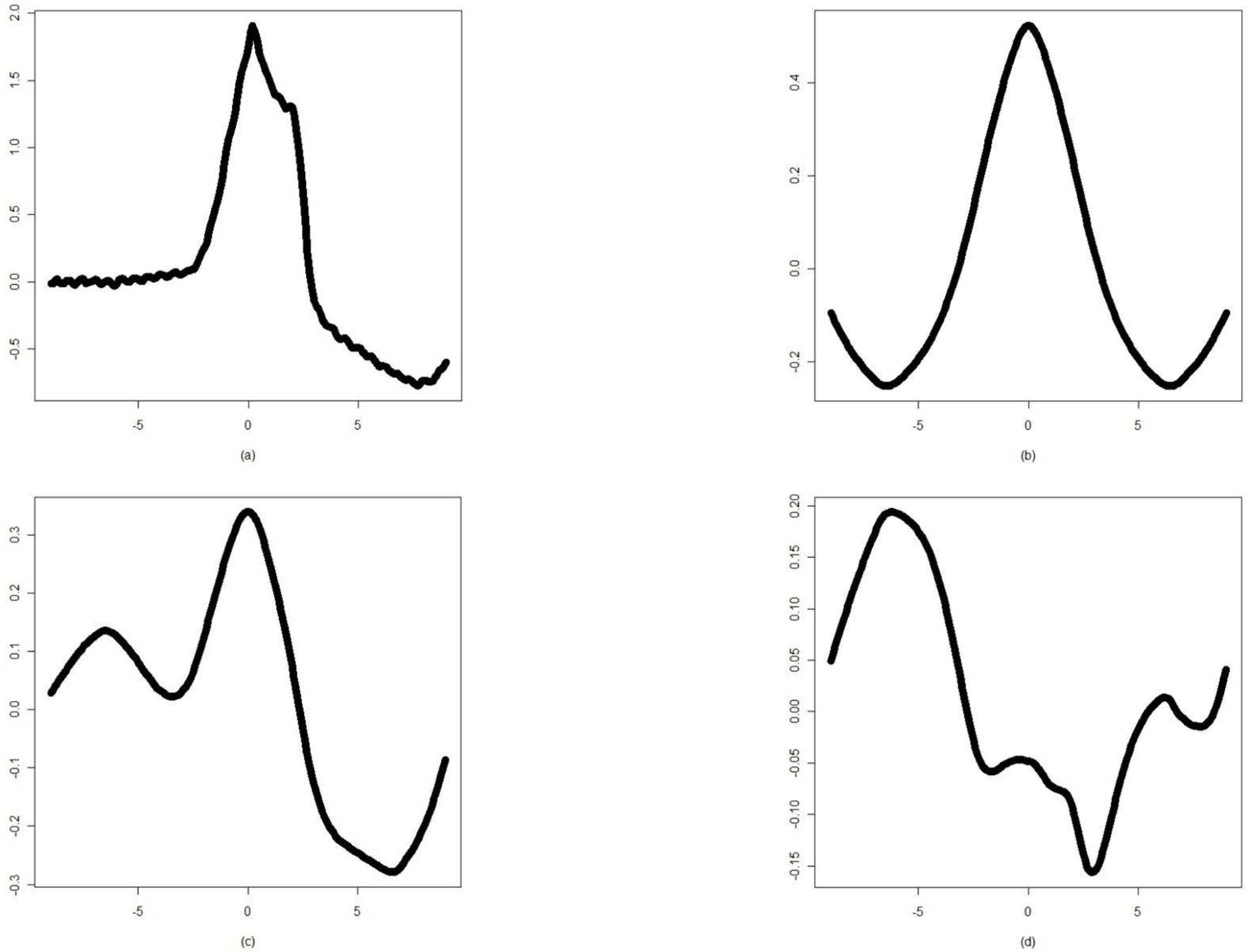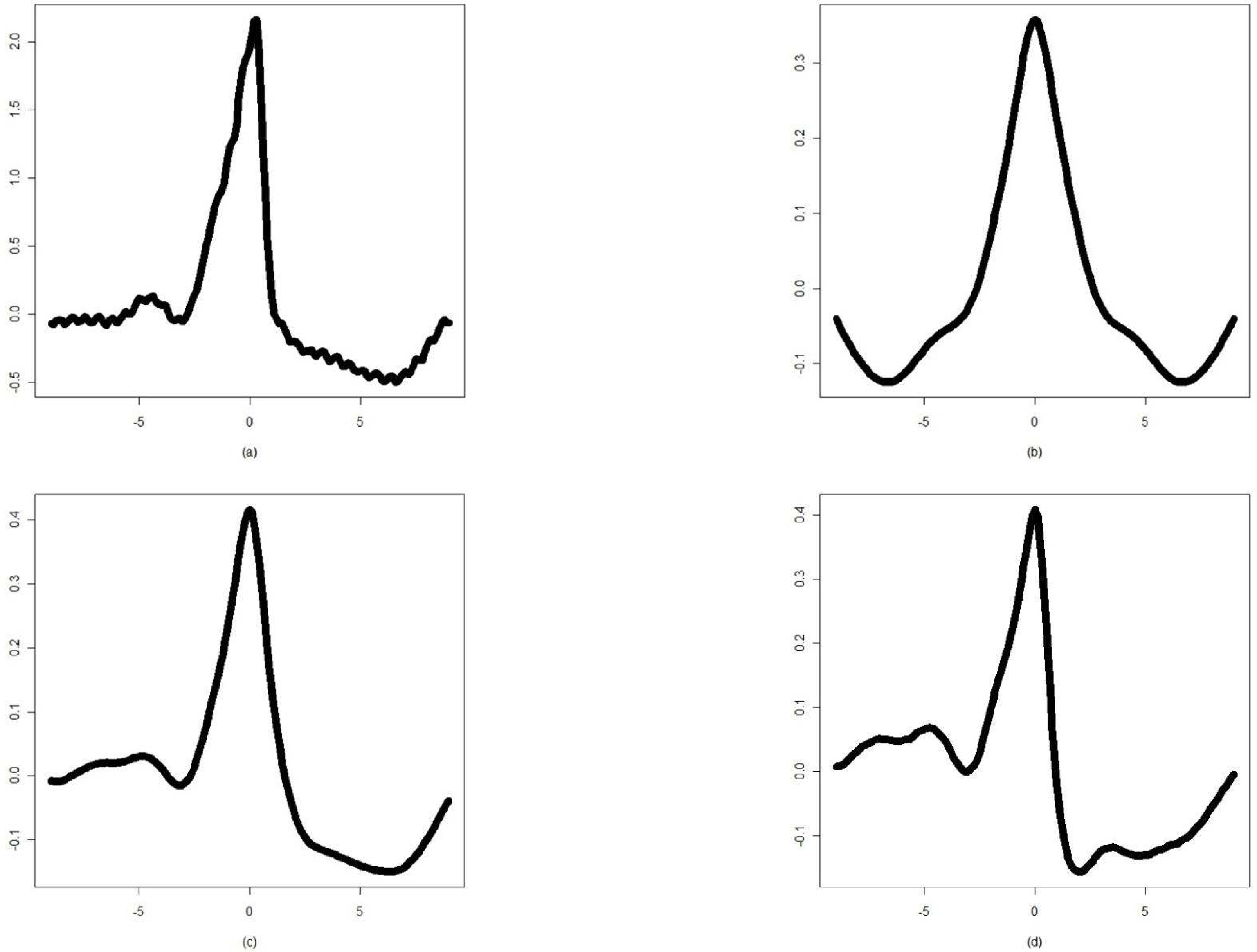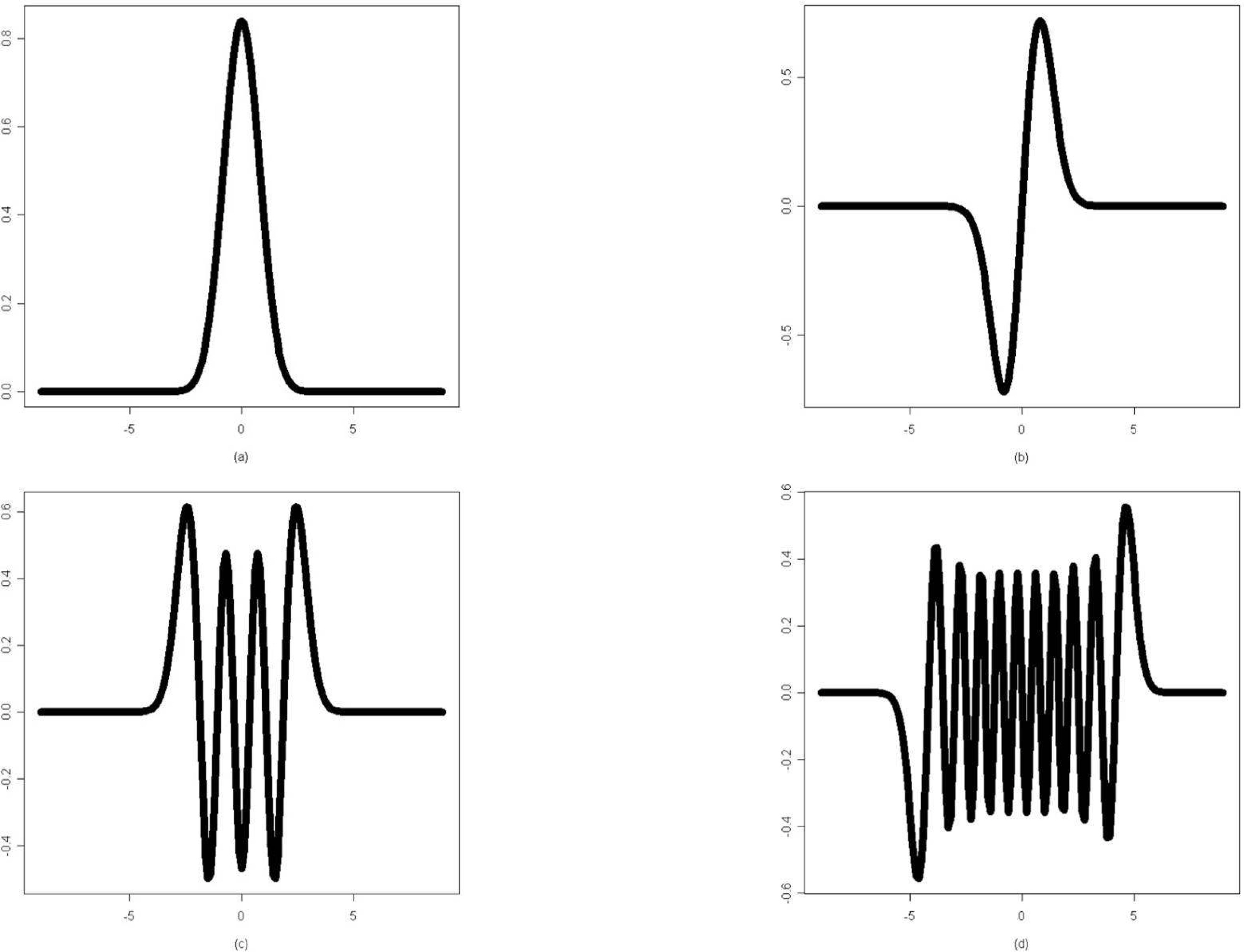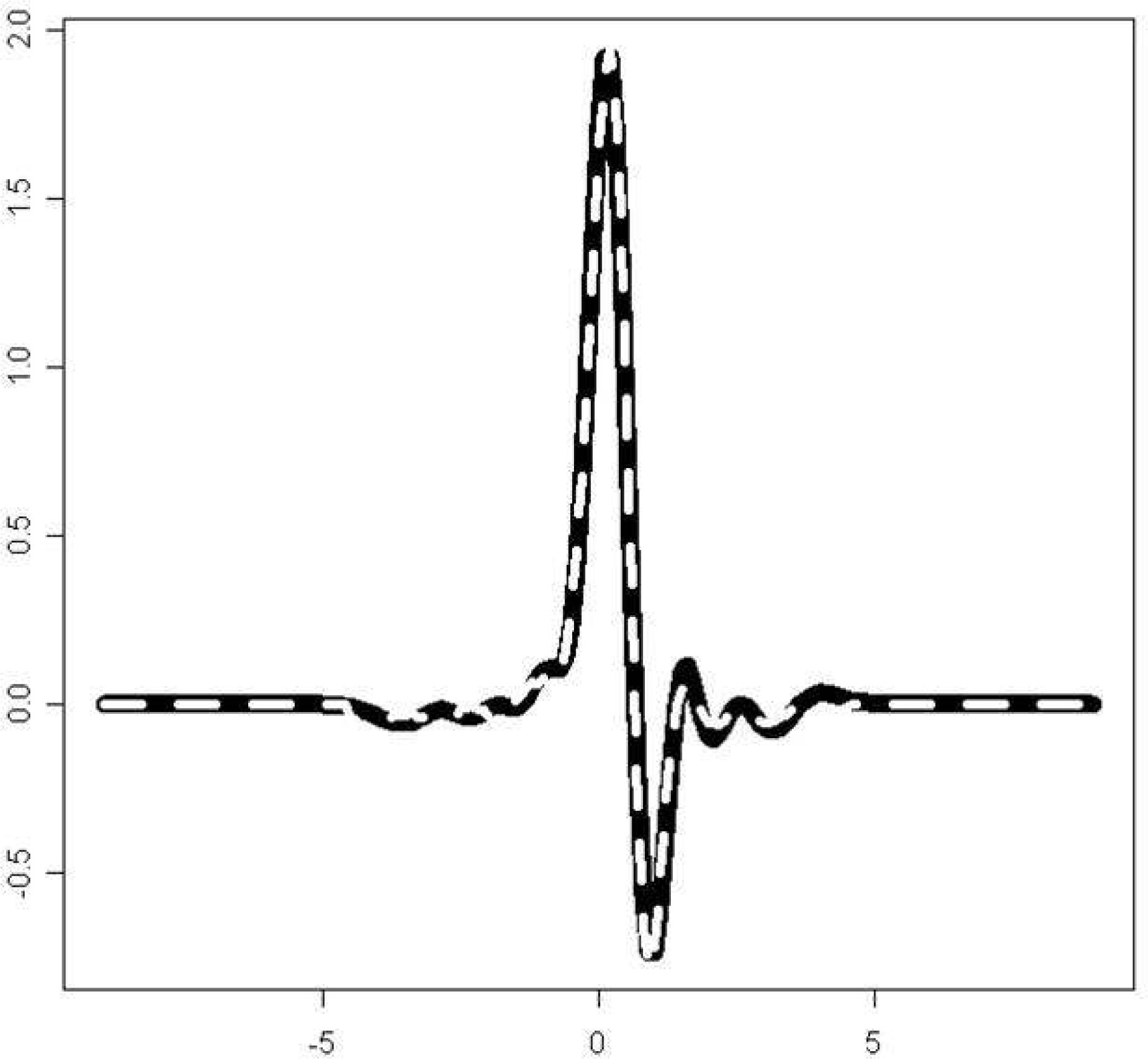J Korean Soc Med Inform.
2009 Mar;15(1):117-131.
Hierarchical Classification of ECG Beat Using Higher Order Statistics and Hermite Model
- Affiliations
-
- 1Department of Biomedical Engineering, Hanyang University, Korea. iykim@hanyang.ac.kr
- 2Department of Biomedical Engineering, College of Engineering, University of Ulsan, Korea.
- 3Department of Biomedical Engineering, Carnegie Mellon University, Korea.
Abstract
OBJECTIVE
The heartbeat classification of the electrocardiogram is important in cardiac disease diagnosis. For detecting QRS complex, conventional detection algorithmhave been designed to detect P, QRS, Twave, first. However, the detection of the P and T wave is difficult because their amplitudes are relatively low, and occasionally they are included in noise. Furthermore the conventionalmulticlass classificationmethodmay have skewed results to themajority class, because of unbalanced data distribution.
METHODS
The Hermite model of the higher order statistics is good characterization methods for recognizing morphological QRS complex. We applied three morphological feature extraction methods for detecting QRS complex: higher-order statistics, Hermite basis functions andHermitemodel of the higher order statistics.Hierarchical scheme tackle the unbalanced data distribution problem. We also employed a hierarchical classification method using support vector machines.
RESULTS
We compared classification methods with feature extraction methods. As a result, our mean values of sensitivity for hierarchical classification method (75.47%, 76.16% and 81.21%) give better performance than the conventionalmulticlass classificationmethod (46.16%). In addition, theHermitemodel of the higher order statistics gave the best results compared to the higher order statistics and the Hermite basis functions in the hierarchical classification method.
CONCLUSION
This research suggests that the Hermite model of the higher order statistics is feasible for heartbeat feature extraction. The hierarchical classification is also feasible for heartbeat classification tasks that have the unbalanced data distribution.
Keyword
Figure
Reference
-
1. Hu YH, Palreddy S, Tompkins W. A patient adaptable ECG beat classifier using a mixture of experts approach. IEEE Trans Biomed Eng. 2007; 44:891–900.2. Chazal P, O’Dwyer M, Reilly R. Automatic Classification of Heartbeats Using ECG Morphology and Heartbeat Interval Features. IEEE Trans Biomed Eng. 2004; 51:1196–1206.3. Osowski S, Hoai LT, arkiewicz T. Support vector machine-based expert system for reliable heartbeat recognition. IEEE Trans Biomed Eng. 2004; 51:582–89.
Article4. Nikias C, Petropulu A. Higher Order Spectral Analysis. Prentice-Hall;1993.5. Lagerholm M, Peterson C, Braccini G, Edenbrandt L, Sornmo L. Clustering ECG complexes using Hermite functions and self-organizing maps. IEEE Trans Biomed Eng. 2000; 47:838–47.
Article6. Vapnik V. Statistical Learning Theory. Wiley;1998.7. Kreel U. Advances in Kernel Methods: Support Vector Learnings. MIT Press;1999. p. 255–68.8. Casasent D, Wang YC. A hierarchical classifier using new support vector machines for automatic target recognition. Neural networks. 2005; 18:541–48.
Article9. Elkan C. The foundation of cost-sensitive learning. Proceeding of the 17th International Joint Conference on Artificial Intelligence. 2001; Aug 4-10; Seattle, USA.10. Yang H, Carlin D. ROC surface: a generalization of ROC curve analysis. Journal of biopharmaceutical statistics. 2000; 10:183–96.
Article11. Mark R Mody G. MIT-BIH Arrhythmia Database. 1997. Online available at. http://www.physionet.org/. Accessed November 11, 2014.12. American National Standard. Testing and reporting performance results of cardiac. ANSI/AAMI EC57 : 1998/(R)2003.13. Sansone G. Orthogonal Functions. Dover;1991.14. Golub G, Van Loan C. Matrix Computations. Johns Hopkins University;1991.15. Kim Y, Kang S, Park I, Noh G. Population Pharmacokinetic and Pharmacodynamic Models of Propofol in Healthy Volunteers using NONMEM and Machine Learning Methods. Journal of Korean Society of Medical Informatics. 2008; 14(Suppl 2):147–159.
Article16. Cho B, Lee J, Chee Y, Kim K, Kim I, Kim S. Prediction of Diabetic Nephropathy from Diabetes Database Using Feature Selection Methods and SVM Learning. Korea Society of Medical & Biological Eng. 2007; 28:255–62.17. Lin HT, Lin CJ, Weng RC. A note on Platt’s probabilistic outputs for support vector machines. Taiwan Univ.;2003.
- Full Text Links
- Actions
-
Cited
- CITED
-
- Close
- Share
- Similar articles
-
- Design and Evaluation of a Prototype Algorithm for 12 Channel Computer ECG Analysis
- Observations of Arrhythmias by 24 Hour Ambulatory ECG Monitoring in Early Convalescent Phase of Acute Myocardial Infarction
- HisCoM-PAGE: software for hierarchical structural component models for pathway analysis of gene expression data
- Dynamics of Constructs in Successful Aging of Korean Elderly: Modified Rowe and Kahn’s Model
- Cardiac Arrhythmia in Infants and Children


